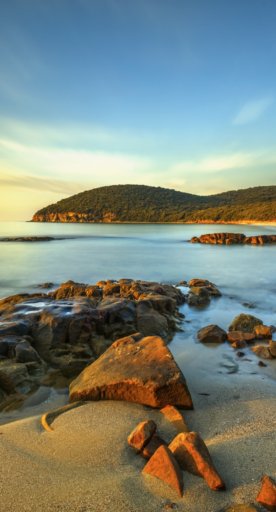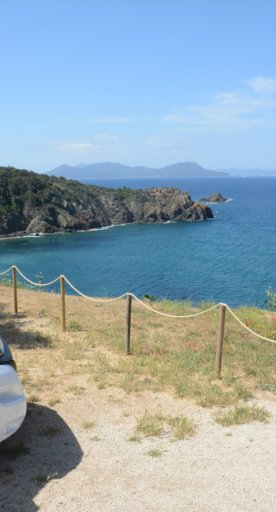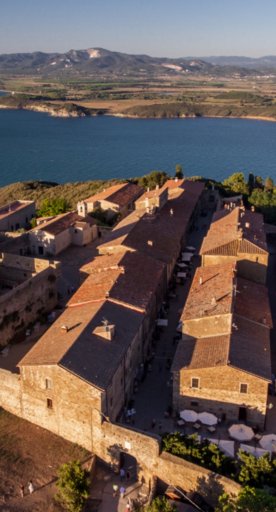The remains of the ancient city are still visible today, with Etruscan walls and remains of Roman buildings. The medieval walls are fascinating to see, as well as the Rocca, built in the first half of the 15th century which contains paved alleys, small shops and the private Gasparri Collection that preserves Etruscan and Roman artefacts and underwater discoveries.
A road with a wonderful panorama connects Populonia to the Gulf of Baratti, where there are other very important Etruscan remains. The Archaeological Park of Baratti and Populonia is an open-air museum of Etruscan civilization overlooking the Tyrrhenian Sea and includes artefacts from ancient Populonia, the only Etruscan city built on the sea.
In the lower part of the archaeological park, it is possible to visit the two Etruscan necropolises: San Cerbone and delle Grotte, in addition to the limestone quarries and industrial districts, where hematite was worked.
In the upper part, containing the Acropolis of Populonia, we can admire the temples, buildings, mosaics and streets of the Roman era.







































